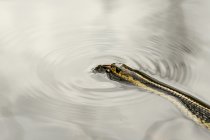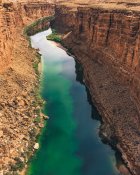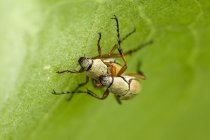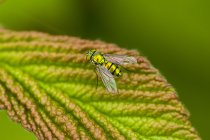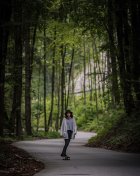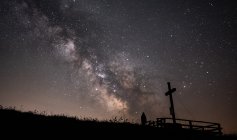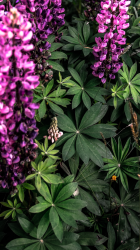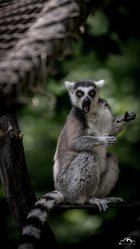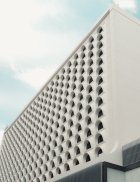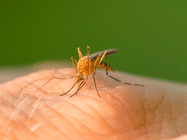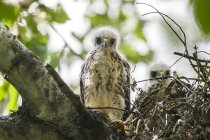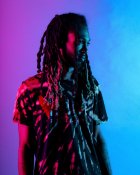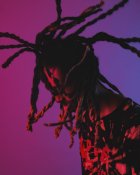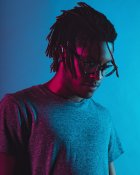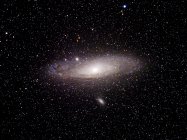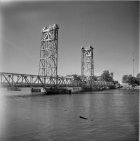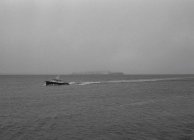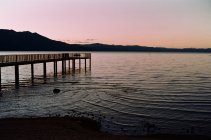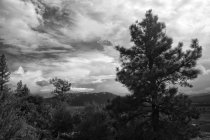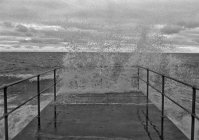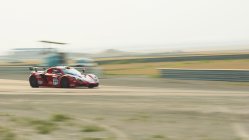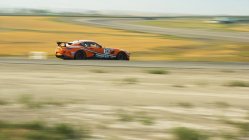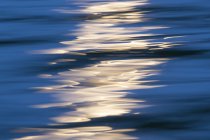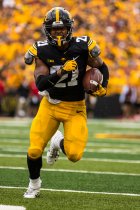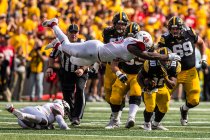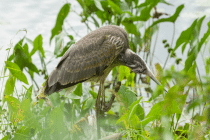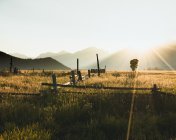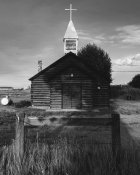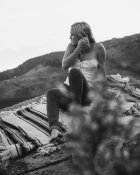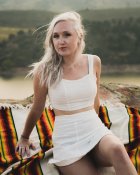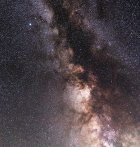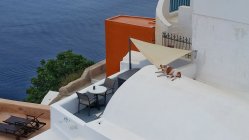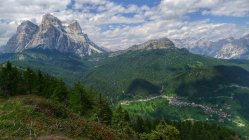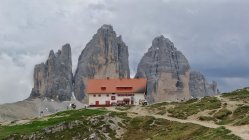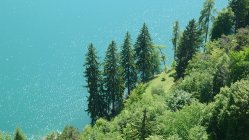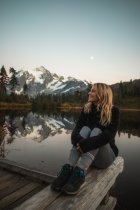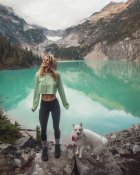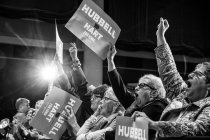You are using an out of date browser. It may not display this or other websites correctly.
You should upgrade or use an alternative browser.
You should upgrade or use an alternative browser.
Your Best Photography
- Thread starter CBROOKS
- Start date
jca
Active member
13920230:1337 said:Yo dudes! Finally updated my website to reflect my current portfolio as much as I can. Would love some C&C from you guys.
vvvvvvvvvvvvvvvv
http://jamiewalter.com
^^^^^^^^^^^^^^^^^^
Alllll bangers my dude! The website is really clean too.
13924087:jca said:Alllll bangers my dude! The website is really clean too.
Thanks dude! Appreciate it!
couple of my favorite non action pieces from the solstice party on hood, feelin' real lucky to have been able to put a lens to it.
chris.goodhue
Member
trying to take more photos




CluckaChuck
Active member
Canada Day at the beach.
corona
Active member
13932829:Juicy-J said:had a few shots kicking around on my desktop..
Was the first picture taken on the east coast somewhere? It looks like a Black-headed Gull, which would be found on the east coast mostly in winter, but the background looks more like somewhere out west where it would be incredibly rare.
Juicy-J
Active member
13932834:VinnieF said:Was the first picture taken on the east coast somewhere? It looks like a Black-headed Gull, which would be found on the east coast mostly in winter, but the background looks more like somewhere out west where it would be incredibly rare.
That was actually taken on Lake Como in Italy - such an incredible place.
13936299:VinnieF said:Another go at astrophotography. Very pleased with the results this time. Click it to see it better. I would love to try this with an expensive 400mm f2.8. Some day.
View attachment 907351
Compare to my previous M31 attempt. Same setup, just a better night and more exposure time.
View attachment 907353
Fuck man that's crazy. What's the setup like to get something like that?
corona
Active member
13936645:Lonely said:Fuck man that's crazy. What's the setup like to get something like that?
It's actually nothing too special, and before I started trying I wouldn't have imagined I could do something like this with my setup. I used a Pentax K3-II and DA* 300mm f4 lens.
A picture like this can be done with most cameras and a moderately fast telephoto lens. It's all about getting as much exposure time as possible and stacking as many images as you can together. A really dark low humidity night is also key (as you can see from the two different pictures).
I took 19 pictures that were 30 seconds long at iso 800 and f4, stacked them with a program called Rot'n'Stack, then edited in photoshop (mostly fooling around with curves to get something that looked good). So about 10 minutes of total exposure at f4 and iso 800. You could probably get something that looks cool with one of the 70-300mm f4.5-5.6 lenses that everyone has for their canon or nikon, but a fast prime is definitely the best.
The one caveat is that the Pentax K3-II has something they call astrotracer, which uses the in-body stabilization, the built in GPS, compass, and giro to track the movement of the stars for long exposures. It's really cool. And what it means is I was able to get my 10 minutes of exposure in 20 pictures instead of a couple hundred or whatever it would take to freeze movement with another camera (even at 300mm you can see the stars move noticeably through the camera). And this is where a really fast telephoto would be excellent. Like a 400mm f2.8 would be fantastic. Sucks they cost $10k+. Full frame would be best to keep noise as low as possible, but then you'd probably want at least 400mm.
It's super rewarding photography and I'd say give it a shot. It's pretty crazy that you take 20 pictures that look like this and they come out like that.
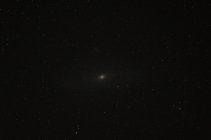
13936698:VinnieF said:Full frame would be best to keep noise as low as possible, but then you'd probably want at least 400mm.
Wait... you definitely don't need full frame for this...
Here's a trick folks.. have a crop body with a sensor that deals well with noise... Even the older Nikon D7000 or a canon 60d could do this well as they were both great for dealing with noise.
Then get a 200 f2.8 or faster.. seriously, a well calibrated vintage 200 f2.8 could do the trick well..
And then do all of the above. Works like a charm!
If you want to get super specific, one of those star tracking mounts. They don't cost a terrible amount (like 300 for a cheap one that works well on a moonless night) much better than 10 grand for an ultra fast tele.
corona
Active member
13936931:DingoSean said:Wait... you definitely don't need full frame for this...
Here's a trick folks.. have a crop body with a sensor that deals well with noise... Even the older Nikon D7000 or a canon 60d could do this well as they were both great for dealing with noise.
Then get a 200 f2.8 or faster.. seriously, a well calibrated vintage 200 f2.8 could do the trick well..
And then do all of the above. Works like a charm!
If you want to get super specific, one of those star tracking mounts. They don't cost a terrible amount (like 300 for a cheap one that works well on a moonless night) much better than 10 grand for an ultra fast tele.
I never said it was needed, but there's no denying full frame is far superior for astrophotography than crop sensors. Medium format would be even better.. Pentax 645Z would be amazing due to its pretty much unsurpassed low light capabilities.
And yes, a 200mm f2.8 would for sure work, but then you're not getting the reach that you need to fill the frame with deep sky objects. For example to fill maybe 1/2 the frame on a full frame sensor with M31 you'd need roughly a 500mm lens. So if you really want the best setup you'd get a fast telephoto and a full frame camera and put it all on a tracking mount. The setup would cost $20k+ though..
Of course just buying an actual good telescope and putting your camera on that would probably be cheaper than a good 400 f2.8 or 500 f4.
I mean yea, you can get cool pictures with a 200mm f2.8 and a crop sensor, but they'll just never be on the same level as what you could get with a full frame and 400 f2.8.
13936698:VinnieF said:It's actually nothing too special, and before I started trying I wouldn't have imagined I could do something like this with my setup. I used a Pentax K3-II and DA* 300mm f4 lens.
A picture like this can be done with most cameras and a moderately fast telephoto lens. It's all about getting as much exposure time as possible and stacking as many images as you can together. A really dark low humidity night is also key (as you can see from the two different pictures).
I took 19 pictures that were 30 seconds long at iso 800 and f4, stacked them with a program called Rot'n'Stack, then edited in photoshop (mostly fooling around with curves to get something that looked good). So about 10 minutes of total exposure at f4 and iso 800. You could probably get something that looks cool with one of the 70-300mm f4.5-5.6 lenses that everyone has for their canon or nikon, but a fast prime is definitely the best.
The one caveat is that the Pentax K3-II has something they call astrotracer, which uses the in-body stabilization, the built in GPS, compass, and giro to track the movement of the stars for long exposures. It's really cool. And what it means is I was able to get my 10 minutes of exposure in 20 pictures instead of a couple hundred or whatever it would take to freeze movement with another camera (even at 300mm you can see the stars move noticeably through the camera). And this is where a really fast telephoto would be excellent. Like a 400mm f2.8 would be fantastic. Sucks they cost $10k+. Full frame would be best to keep noise as low as possible, but then you'd probably want at least 400mm.
It's super rewarding photography and I'd say give it a shot. It's pretty crazy that you take 20 pictures that look like this and they come out like that.
View attachment 907472
That's great info. Some of my attempts. Pls don't crucify me. These were done with a kit before I got my wide prime.
Supposed to be clear tonight, gonna grab my 300 and a buddies astrotracer and take a crack at it.
**This post was edited on Aug 15th 2018 at 4:59:48pm
13936963:VinnieF said:I never said it was needed, but there's no denying full frame is far superior for astrophotography than crop sensors. Medium format would be even better.. Pentax 645Z would be amazing due to its pretty much unsurpassed low light capabilities.
And yes, a 200mm f2.8 would for sure work, but then you're not getting the reach that you need to fill the frame with deep sky objects. For example to fill maybe 1/2 the frame on a full frame sensor with M31 you'd need roughly a 500mm lens. So if you really want the best setup you'd get a fast telephoto and a full frame camera and put it all on a tracking mount. The setup would cost $20k+ though..
Of course just buying an actual good telescope and putting your camera on that would probably be cheaper than a good 400 f2.8 or 500 f4.
I mean yea, you can get cool pictures with a 200mm f2.8 and a crop sensor, but they'll just never be on the same level as what you could get with a full frame and 400 f2.8.
Alright, well, screw it. Get a 5dii and a 500mm mirror lens with a teleconvertor (because fuck it. Get that reach) and a star tracker mount and win at everything.
fortyvalve
Active member
fortyvalve
Active member
More car stuff
13955442:ThaLorax said:Few of my favorites from my travels over the past yearish
View attachment 912844
View attachment 912845
View attachment 912846
View attachment 912847
View attachment 912850
View attachment 912848
View attachment 912849
nice
gravel
Active member
13924567:Rafiki said:
Missed this one from a while ago I think, this must be in Cataract? How far from the confluence were you, love how you can see the sediment split still. Maybe the bridge by Hite?

